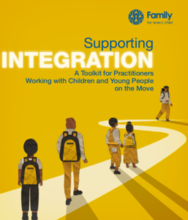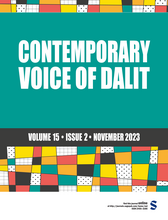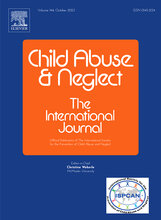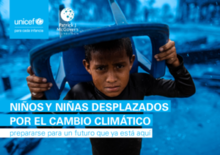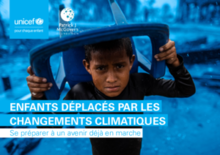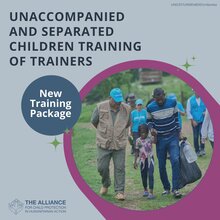Displaying 31 - 40 of 835
This chapter is part of the "Research Handbook on Migration, Gender, and COVID-19" and explores the gender and youth dimensions of return from GCC States to the East Africa subregion, focusing on three countries: Uganda, Kenya and Ethiopia.
This chapter, which is part of the "Handbook of Human Mobility and Migration" reviews the literature on child migration, highlighting how children compare from adults in their migratory aspirations and migration decision-making, as well as in their experiences in receiving countries in the European and US contexts, where groups of children such as unaccompanied minors benefit from humanitarian protections unavailable to adults.
The ‘Supporting Integration’ toolkit documents and shares good practice guidance for practitioners working with child migrants. The toolkit was developed as part of a three year project which involved research into the integration of children moving from the Middle East to Europe, and aims to enhance integration support and services, ensuring that children and young people are provided with a care that fosters their development and well-being.
Judge Raul Pangalangan International Criminal Court Judge (2015 – 2021)
The article grapples with the tacit interplay of poverty, caste, and gender and its effects on the education of children in a village. It explores how pandemic-induced school closure impacted the life chances of marginalised children during and after the pandemic in the ‘deprived geography’ of rural Madhya Pradesh, India.
This study aimed to investigate the lived experiences of unaccompanied refugee children in Jordan and shed light on their unique challenges and needs.
El informe analiza los peligros meteorológicos más comunes que provocan el mayor número de desplazamientos: inundaciones, tormentas, sequías e incendios forestales.
‘Children displaced in a changing climate: Preparing for a future already underway’ analyses the most common weather-related hazards that lead to the largest number of displacements: floods, storms, droughts and wildfires.
Ainsi, le présent rapport analyse les aléas météorologiques les plus courants à l’origine de la majeure partie des déplacements, à savoir les inondations, les tempêtes, les sécheresses et les feux incontrôlés.
The Unaccompanied and Separated Children Training of Trainers (UASC TOT) course is designed to prepare participants to facilitate training on unaccompanied and separated children (UASC). This training reinforces participants’ understanding of the specific needs of UASC, highlight good practice in working with unaccompanied and separated children under a protection framework, and provide participants the opportunity to apply learning so they can roll out training on UASC within their own organisation and to other stakeholders.



